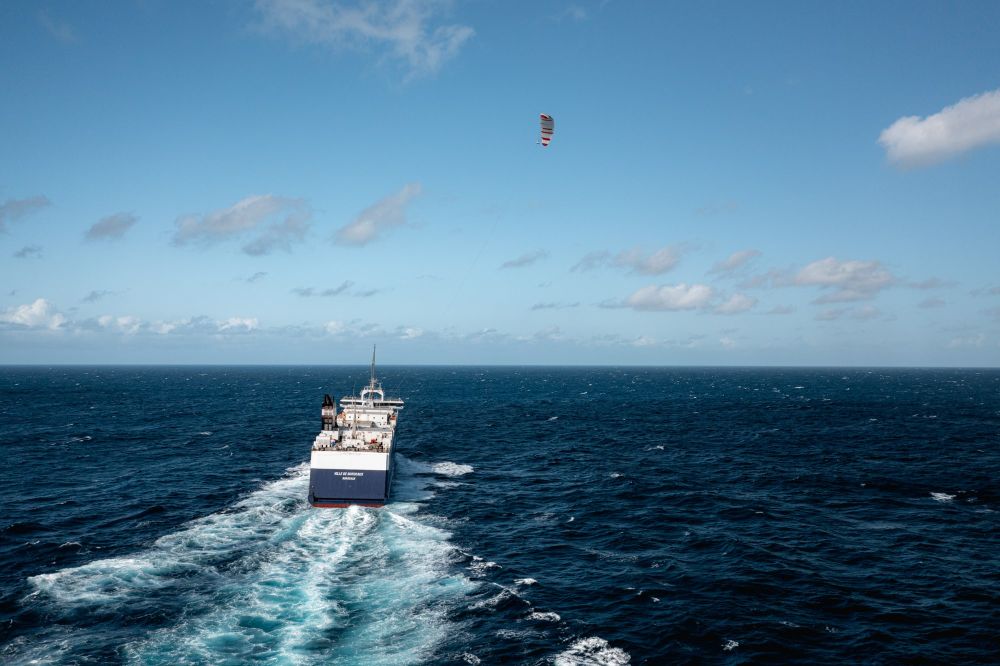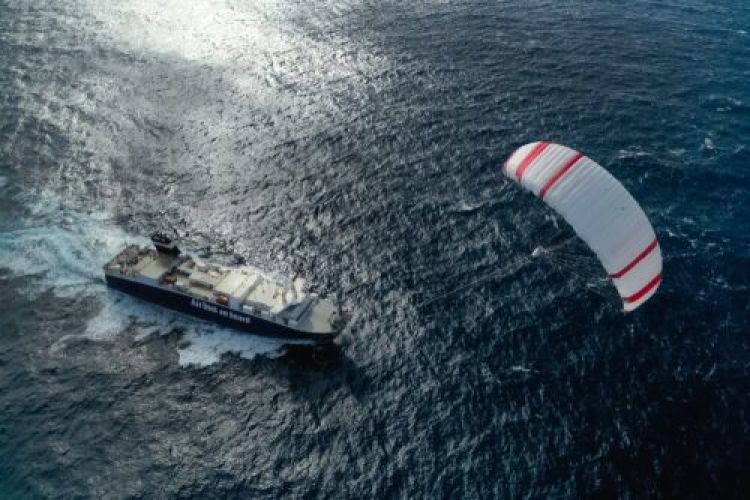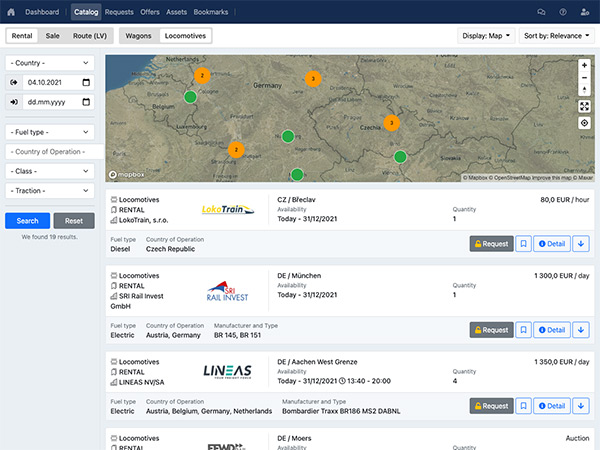The validation of the towing flights shows that the Seawing system is working as planned, providing the first tonnes of traction that will help reduce the vessel's fuel consumption and emissions, explained project manager Mathieu Reguerre:
"So far we have validated the take-off, ascent, descent and landing phases of the wing. During this last phase, we were able to lower the wing on the horizon to allow the kite to deliver traction to help propel the ship".

The aim of these trials is to test and validate the performance of the Seawing system, a completely new technology developed using aerospace expertise in flight control and automation. The final product will operate with a high degree of automation, flying in "figures of eight" patterns 300 metres above sea level to multiply the tractive force.
According to the company, with automated take-off and landing now fully functional and traction flights validated, the next phases will focus on dynamic flights, gathering performance data and fine-tuning the automation system.

